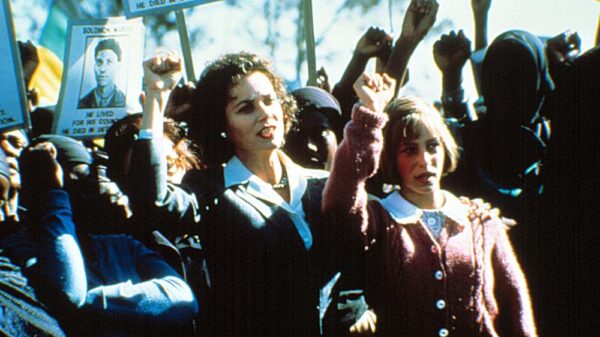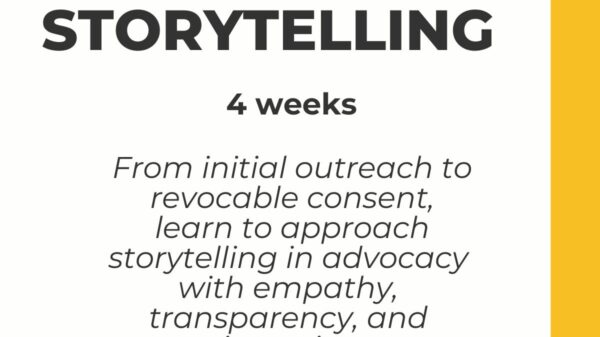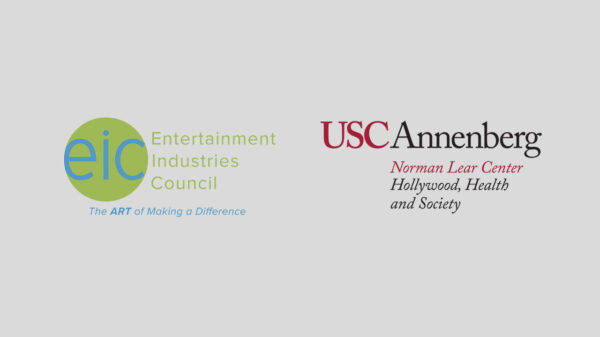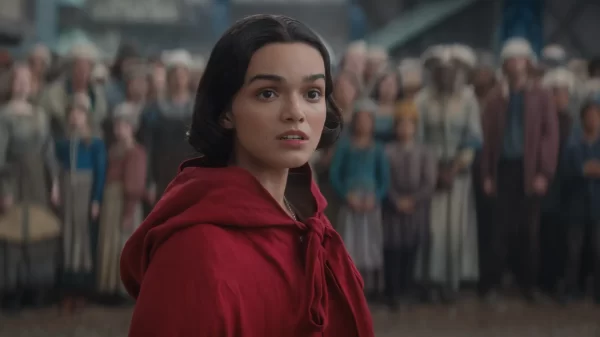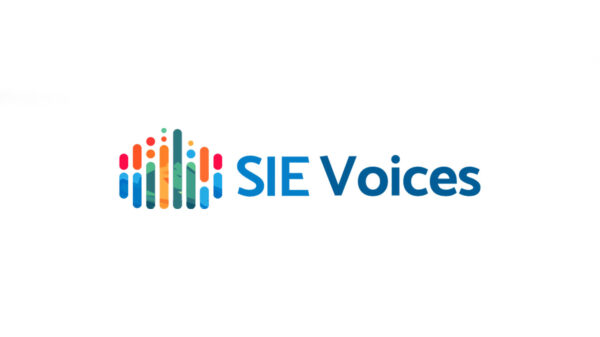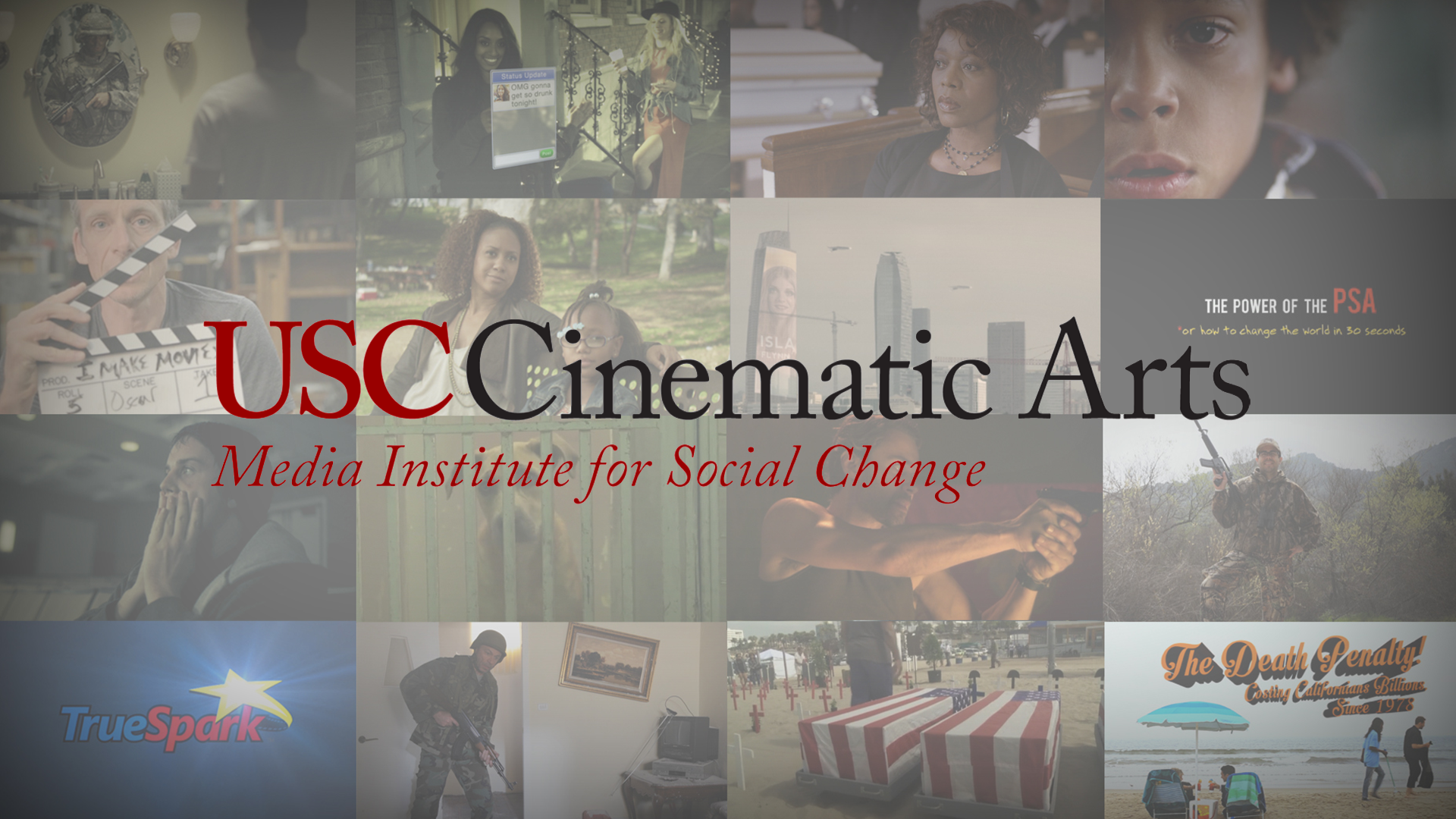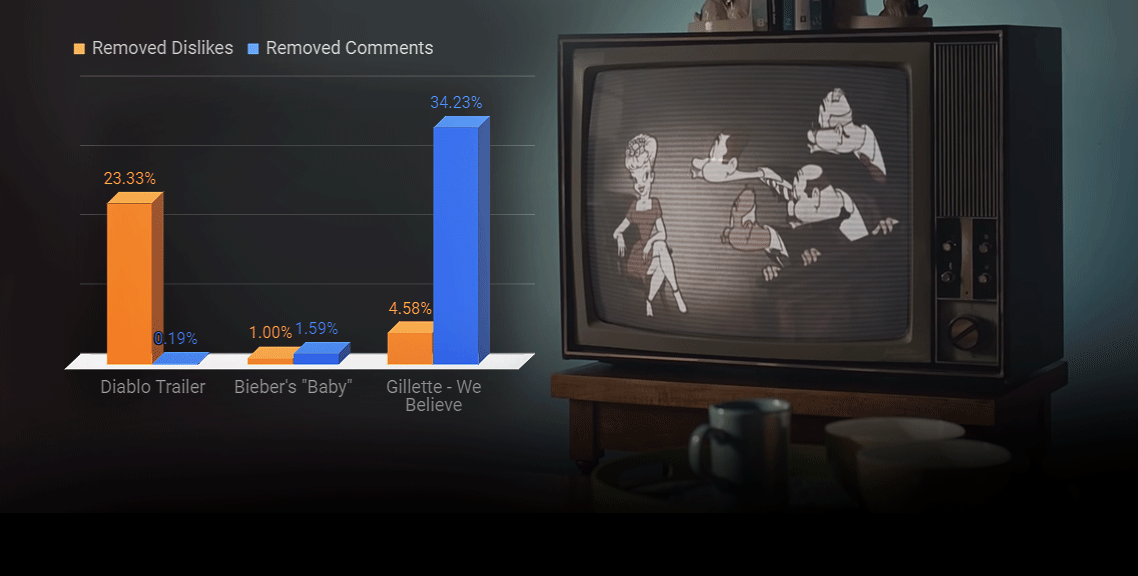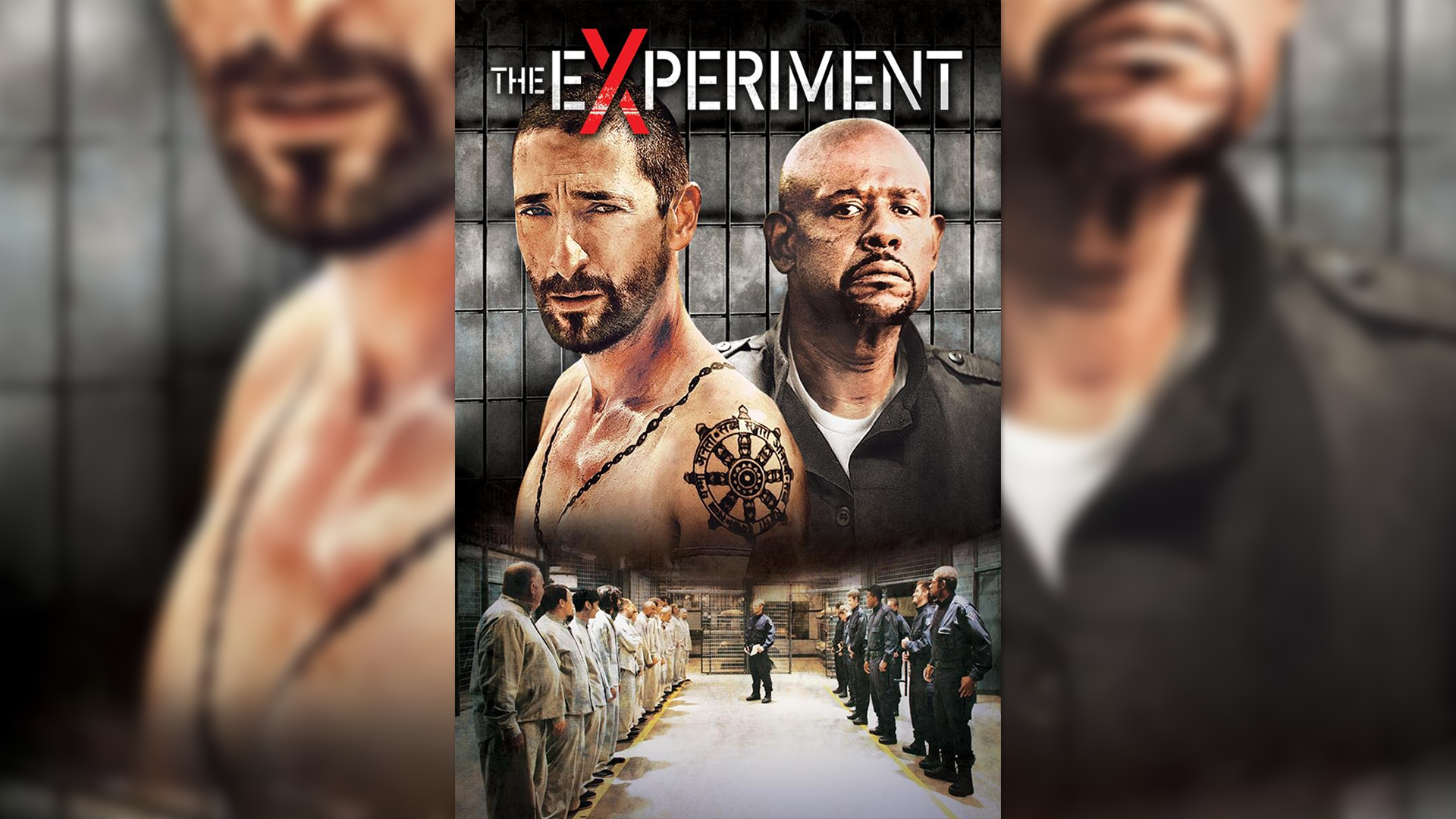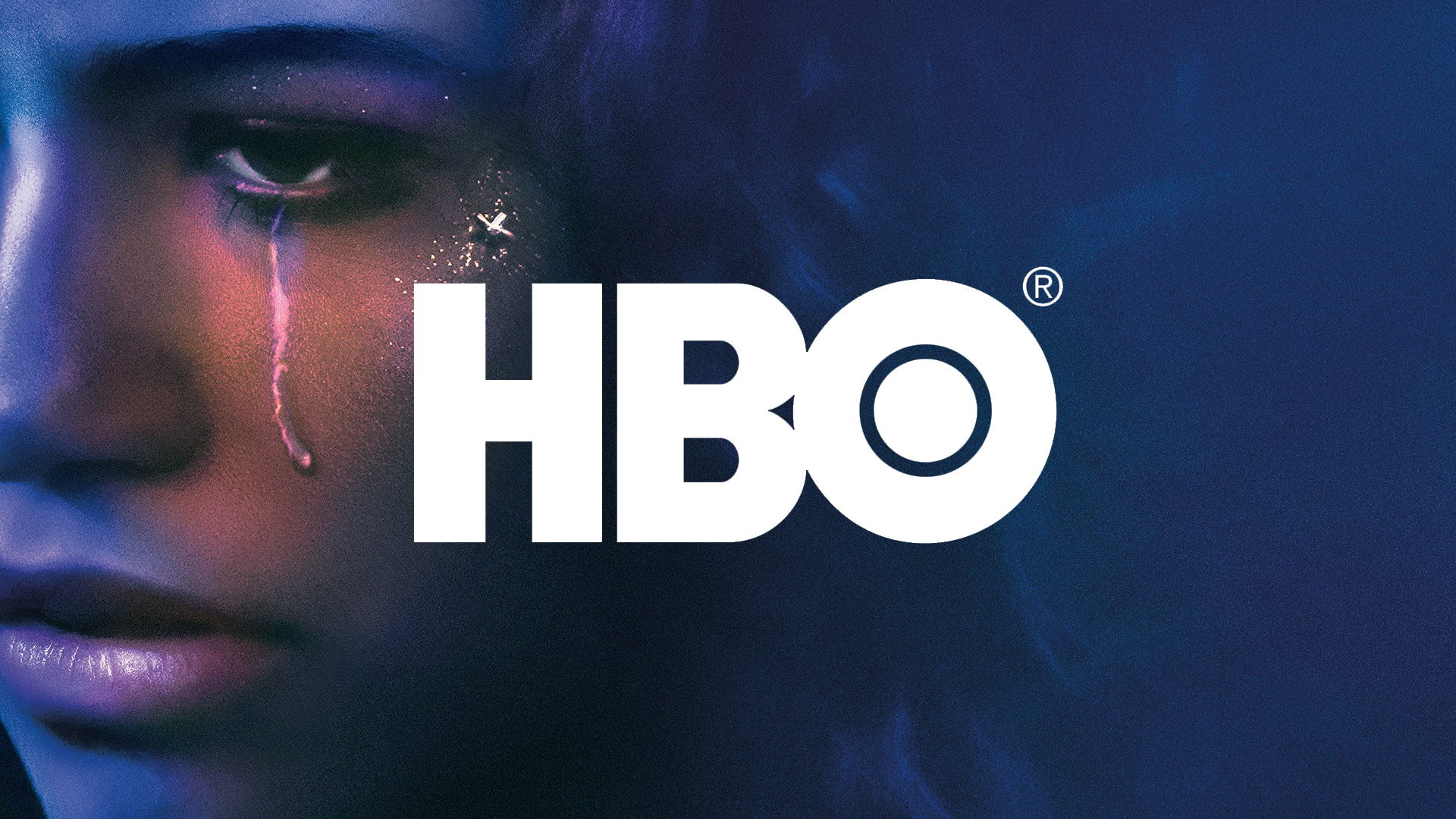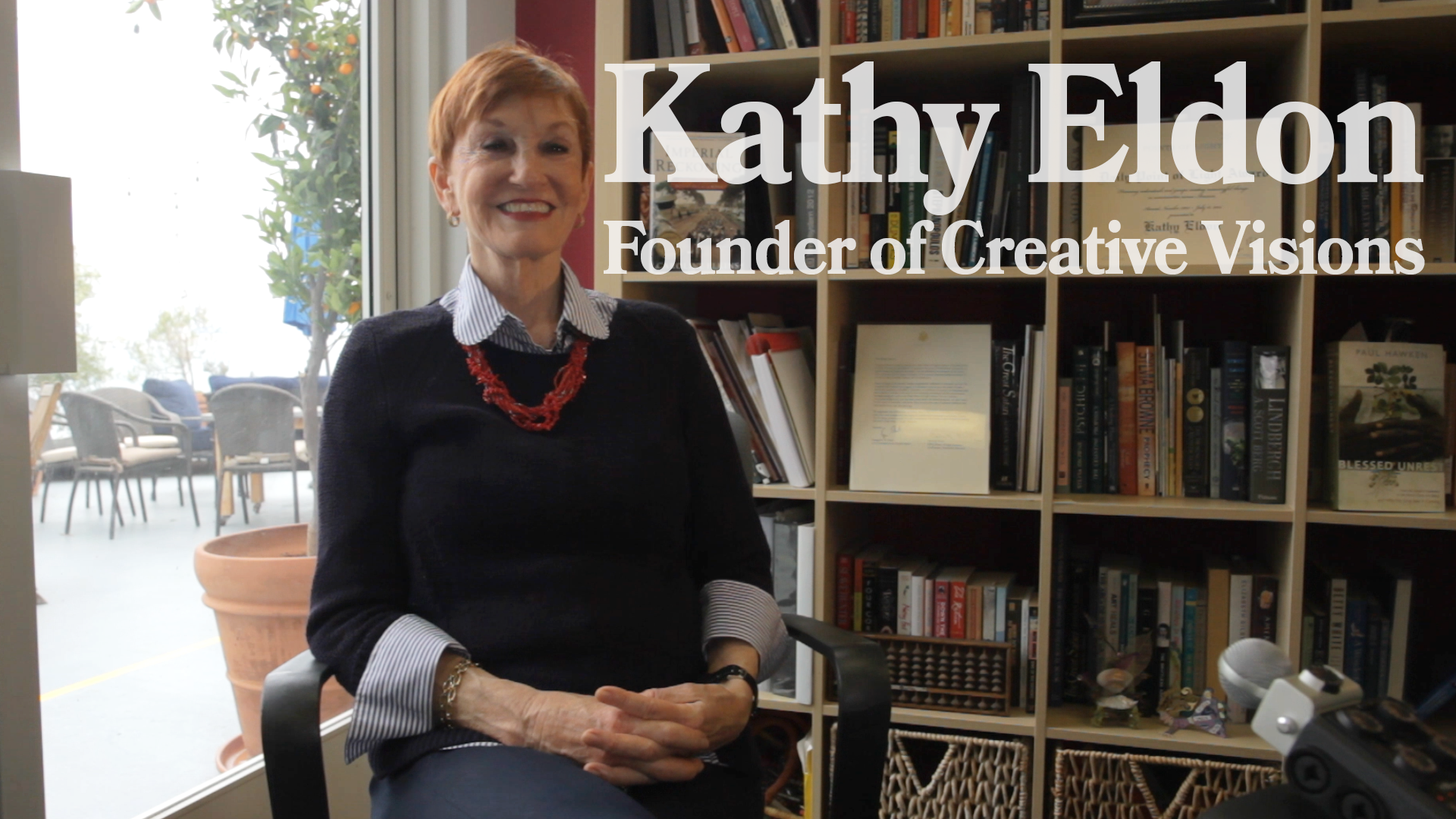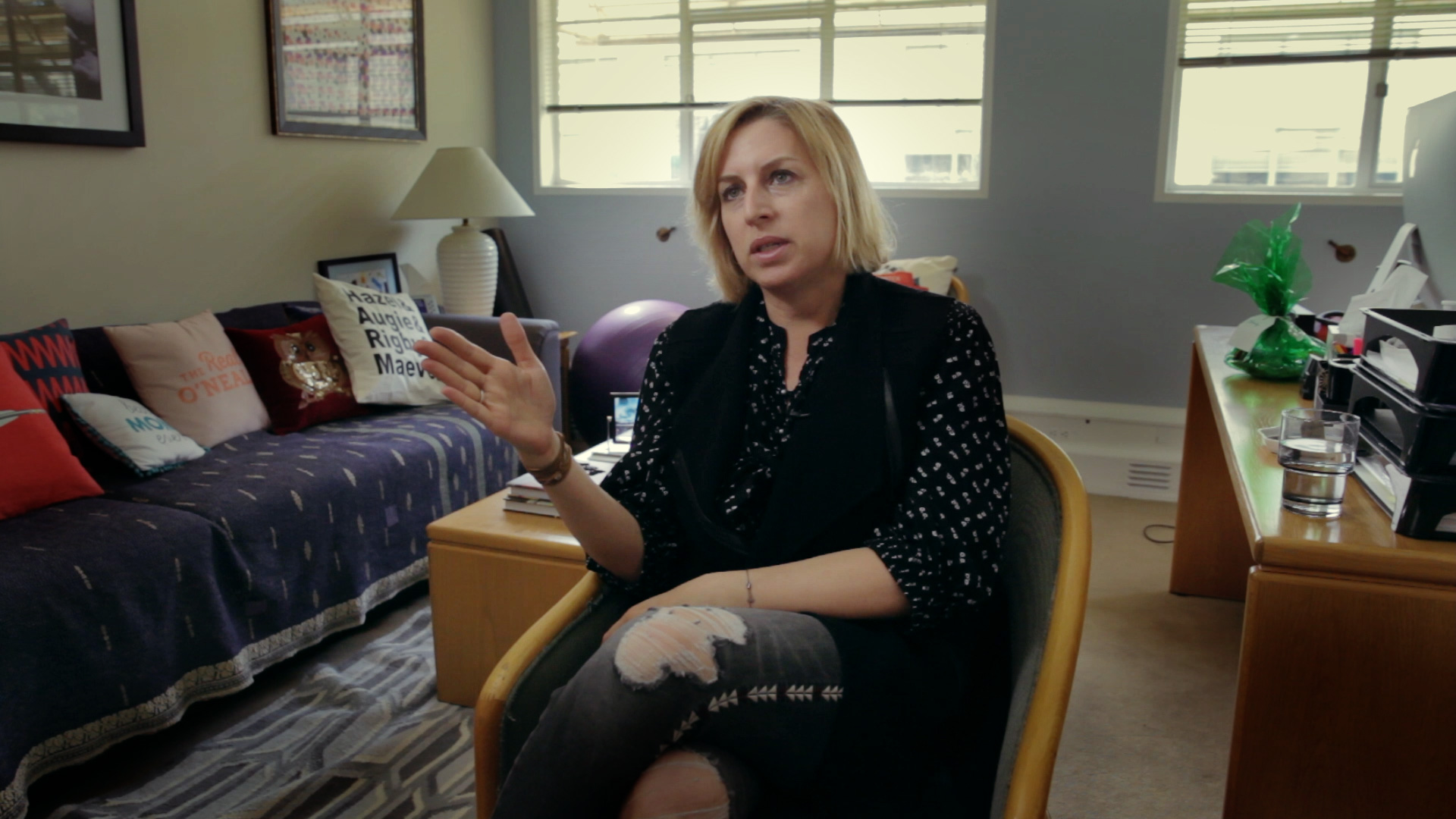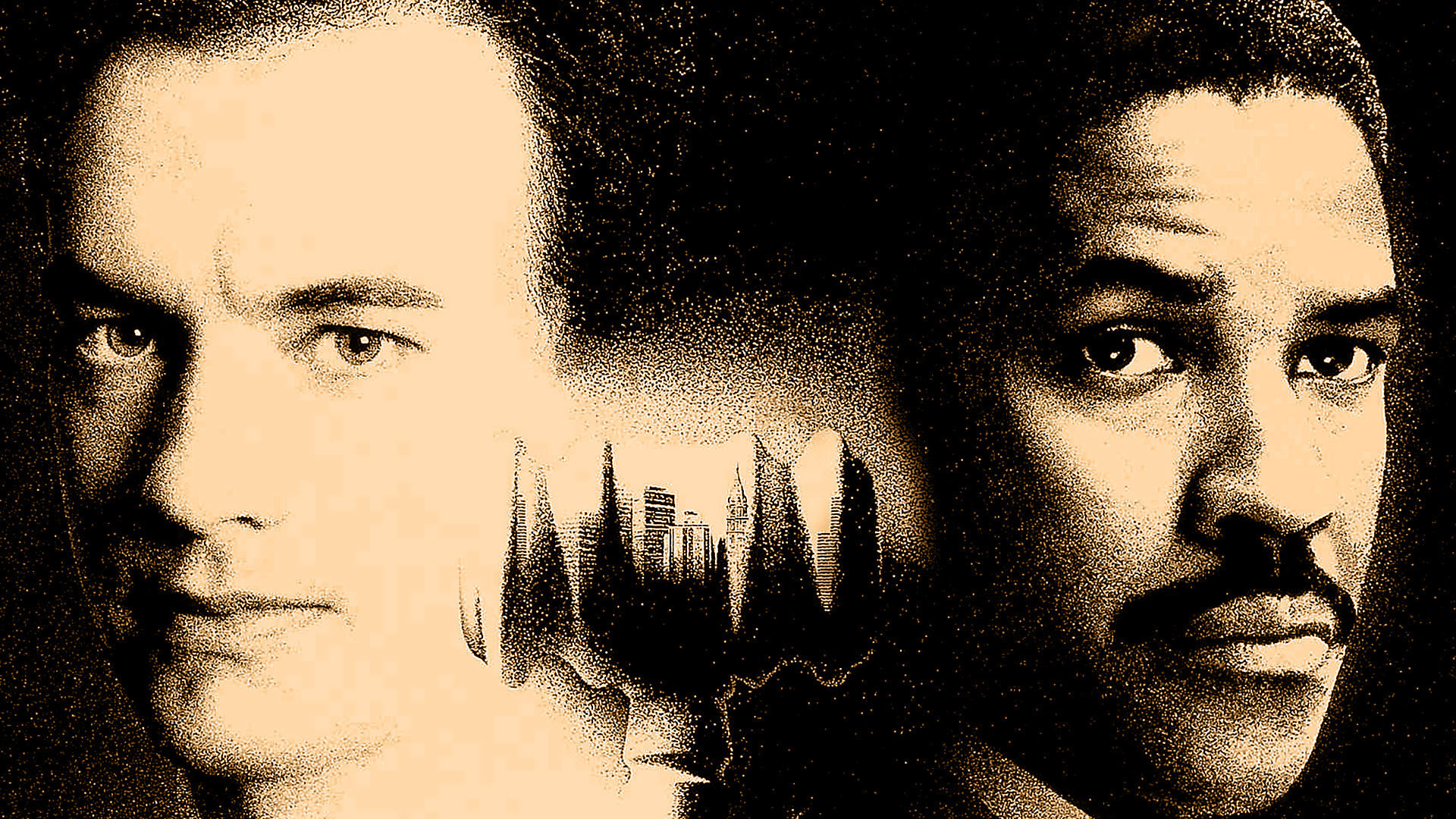In today’s filmed entertainment environment a screenwriter is often asked, “Why this, why now?” In other words they are asked to prove a story’s worth. This is a common point of interest for decision makers when they are pitched a project. It’s also an easy sort of way to say, “It’s not for us,” if there isn’t a compelling answer. But if truly deconstructed, the answer has to do with your subject matter, team, and how you are able to drive that narrative of all the project has to offer, and thus define who will be interested in paying to watch your project. In other words, the decision maker wants to see proof of an audience as much as possible, often when a project is not fully developed.
Even with the progress gained during the strikes of last year there is no doubt that the industry is still looking to find its footing and in doing so they have become even more risk averse. So they rely even more on reboots, sequels, and IP. All of which has become so commonplace that this approach is no longer a direct route to an audience because audiences want something better; something more. That was made obvious with last summer’s Indiana Jones and Mission Impossible sequels. The whole reason that executives tend to jump on getting IP and the like produced is because it comes with a curated audience and presumably mitigates risk.
Whether your project is a personal story, a story about a social injustice or imbalance, or a shoot ‘em up action pic, we all make films and television in order to make an impact of some kind, or to reflect back on humanity in some way. It is human nature to connect with people through story. The impact, or purpose, of your story can help you curate and deliver an audience with your project (much in the way IP does) regardless of genre or plot or A-list talent, and without getting on a soapbox about an issue.
I’m not referring to the cause cinema of most documentaries or the pointed narratives of what used to be a Participant Media film (RIP), I’m referring to making all of our stories ones that can impact or give back to the communities that enjoy watching them.
The same people who will seek out a genre are the same people who have been proven to purchase something when it aligns with a good deed. Simply by aligning with an organization that can be “cause adjacent” to the themes, or characters, or world of your story, consumers will more often than not choose your project over one that does not.
For example, Lethal Weapon could very easily have given ten cents of every ticket sale to mental health for police. It wouldn’t change the story whatsoever, it wouldn’t put the issue up on a soapbox, but it would give consumers the confidence that they were also supporting a good cause while they were being entertained.
Moreover, there is no reason why films should not be utilizing and leveraging the importance of Impact Investing, which has taken off in the past two decades, to the point where VCs steer toward impact the way they used to technology. Every business sector leverages some form of Impact Investing (that sees healthy returns); every business sector except the entertainment sector. Quite honestly, if the independent film industry were to embrace this, it could very well be the thing that fixes Hollywood’s suffering business model.
There is plenty of data to support the fact that consumers will choose the product or service that they feel aligns with a value, whether that purpose is contributing to a nonprofit, or how the manufacturers run their business. Paul Newman realized this fact decades ago and his name lives on in grocery stores across the country and as a result $600 million has been donated to good causes since 1982. Hollywood is great at philanthropy, but how no one has tied this trait to the marketing of the core product of filmed entertainment is mind-boggling.
The reason the issue specific projects that are on a soapbox about a cause, aren’t as successful as they could be, or as much as “popcorn fare” is because they attract people who are already aware of an issue and thus are essentially preaching to the choir; and their audience is limited. Plus, it is often cumbersome for the audience members to figure out how to take action, or “be a participant.” But if the producers set the project up this way from the start it becomes baked into the financing, production, distribution, publicity and marketing.
By looking at our projects from a more holistic story and production perspective, there is the potential to reach a much broader audience than if you were to simply talk about the issue or themes at a festival junket. Bringing that broader audience of course is the ultimate appeal to anyone that’s going to invest in your project.
Let’s say, for example, you have a romantic comedy where the protagonist is forced to move back to her hometown because she needs to run the family business, and she ends up falling in love with her competition. It sounds like a pretty familiar premise with not a lot of reason to invest in it unless you have the ability to cast Sandra Bullock or Sydney Sweeney. But, what if you were able to bring this project to a producer and say, ‘I have aligned with a small business association to help get out the word about this film, all they require is to give a portion of net proceeds to their fund for female entrepreneurs.’ Then show this producer that this initiative through the organization brings a following and community of women entrepreneurs that reaches millions. That is the same effect that IP brings to the table. It’s all about bringing a demonstrable audience with the idea, only this time you’re actually doing some good in the world at the same time.
This organization partnership comes with a lot of other benefits aside from the organic marketing reach and publicity opportunities; there are numerous financial benefits that go beyond increased revenue opportunity. Tax breaks, grants, and donor advised funds, impact investment funds, corporate sponsorships and partners that can also tie into their CSR programs, and not to mention the importance of a cast and crew that feel good about doing good.
By thinking outside of the box in how to engage an audience by aligning with impact, so that everyone benefits, everyone will benefit more.
_____
LAURIE ASHBOURNE got her start in the industry with Walt Disney Studios, she is a writer-producer with over 30 produced credits and many in various stages of production via LA Story Studio, including a slate of films that will utilize the impact investment model she wrote about in her new book, Values; Rethinking Hollywood Film Investment for Maximum ROI & Impact.


